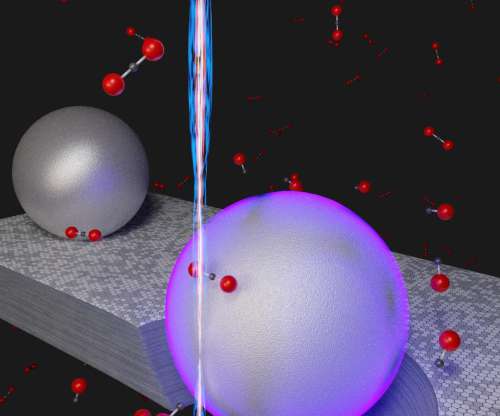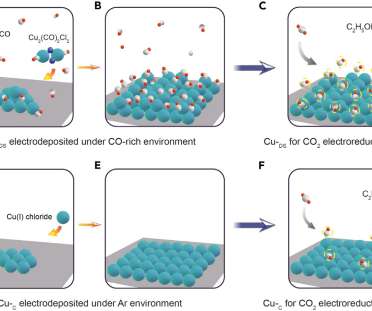New process uses localized surface plasmons for room-temperature conversion of CO2 to CO
Green Car Congress
NOVEMBER 3, 2020
Although the researchers demonstrated this method in a small-scale, highly controlled environment with dimensions of just nanometers (billionths of a meter), they have already come up with concepts for scaling up the method and making it practical for real-world applications. C, hot enough to melt aluminum at normal atmospheric pressure.


































Let's personalize your content